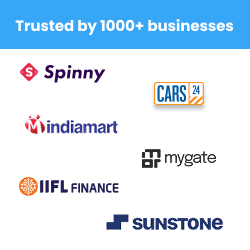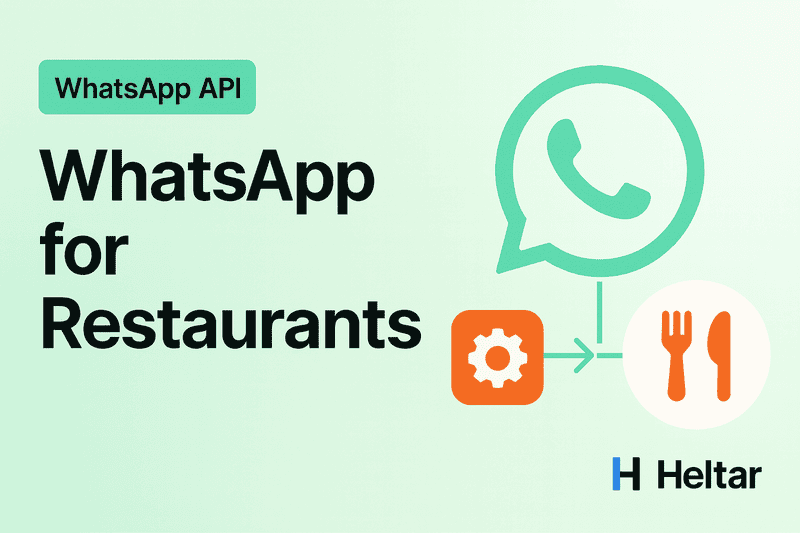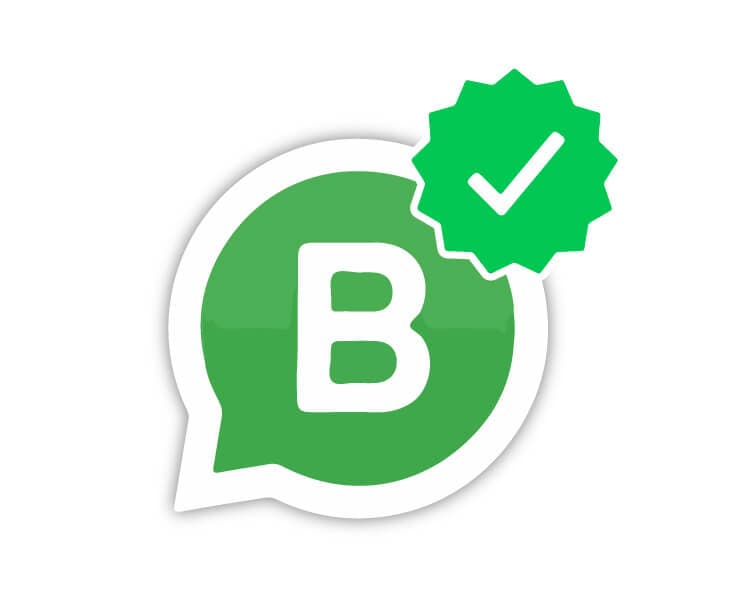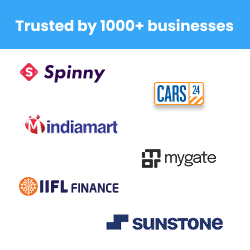Your number choice can make or break onboarding. Pick the wrong one and verification fails, days slip, and your launch costs rise. Use this checklist to pick a number that works the first time, then see why Heltar helps teams avoid these snags.
The short answer
Use a real, reachable number that is not tied to any WhatsApp account. It must receive an OTP by SMS or voice. Landlines are fine with voice OTP. Toll-free works only if it can receive OTPs directly. Avoid IVR. Do not use virtual or VoIP numbers.
What makes a number eligible on Wati and Heltar (for WhatsApp API)?
Valid format - Include country code and area code. Example: +91XXXXXXXXXX.
Can receive OTP - SMS or voice call must reach the device or line you control.
Not linked to WhatsApp - The number cannot be active on WhatsApp Personal or Business.
Extra conditions Wati expects
Mobile numbers - Should not have been used on WhatsApp in the last 6 months. If they were, keep them inactive for at least 6 months before using with Wati.
Landlines - Allowed if they can receive a voice OTP and a human can answer.
Toll-free (1-800) - Allowed only if SMS or voice OTPs reach the line directly. Numbers hidden behind IVR will fail.
Virtual or VoIP - Generally not supported. OTP delivery is unreliable.
Step by step: prepare a number that will pass
Pick the line - Choose a number you control that can receive OTP by SMS or call.
Check WhatsApp status - Make sure the number is not active on WhatsApp. If it is, delete that WhatsApp account first.
Wait if needed - If this mobile number was on WhatsApp recently, leave it inactive for 6 months.
Confirm call routing - For landline or toll-free, disable IVR during verification so OTP calls reach a person.
Format the number - Store it with the correct country code, no spaces or dashes.
Test inbound - Place a quick test call or SMS to confirm the line actually receives messages.
Proceed to connect - Start Wati onboarding only after these checks are green.
Common mistakes that stall onboarding
Using a number still tied to WhatsApp
Relying on a toll-free that sits behind IVR
Choosing a VoIP line that cannot get OTPs
Forgetting the 6 month cool-off for mobiles previously on WhatsApp
Entering the number without country code
Why this often costs more on Wati?
Pay first, then find out a number is ineligible
IVR or VoIP issues trigger repeat attempts and support loops
Replacing a number after setup means more delays and higher real acquisition cost
Why Choose Heltar Over Wati?
Unless you want your marketing budget to get over before you acquire any customers, Heltar's the way to go. Here's why!
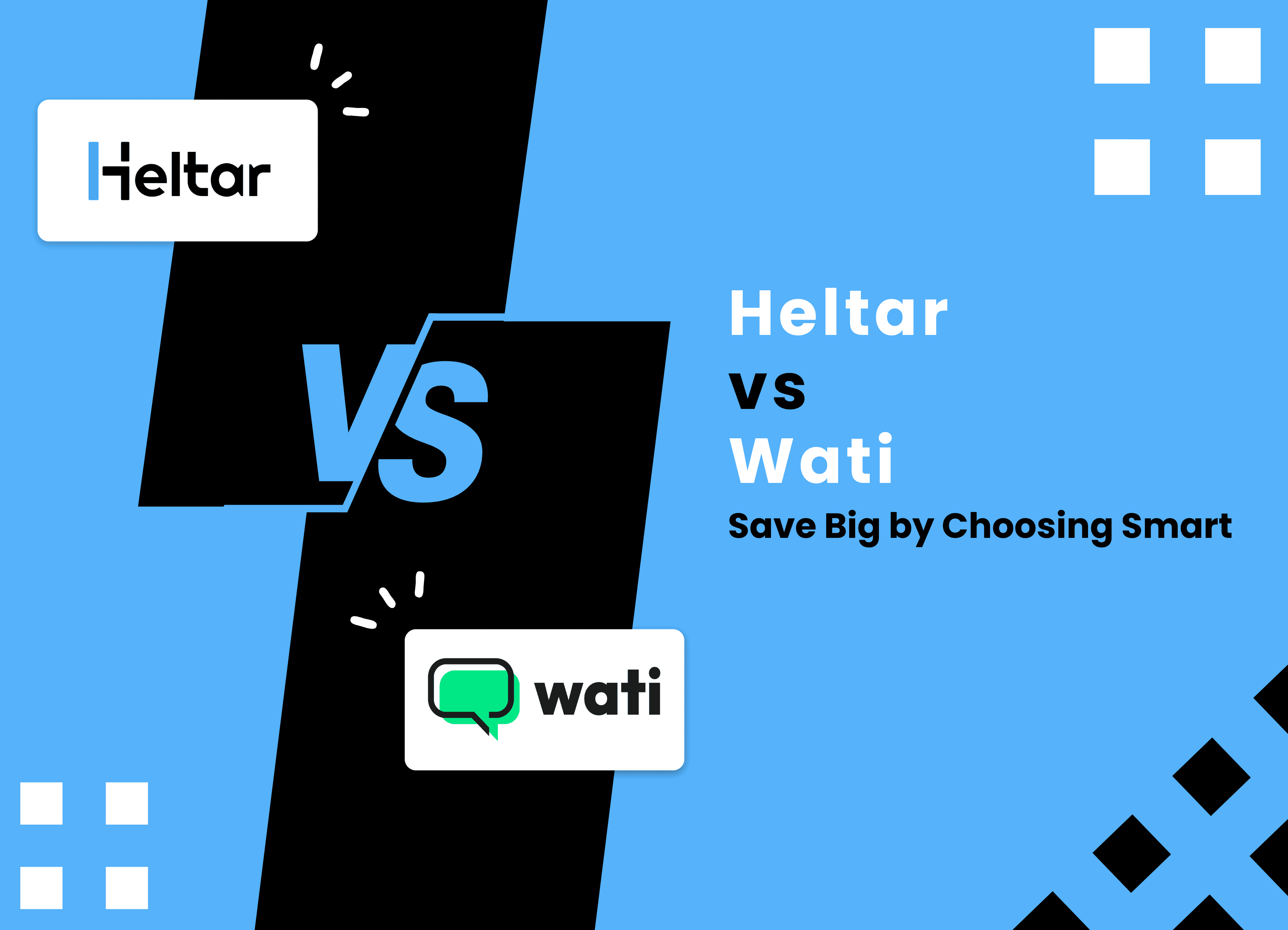
Metric | Wati | Heltar |
Base Subscription Fee | Expensive - Starts ₹2,499/month | Lower, budget-friendly - Starts ₹999/month |
Pricing Structure | Tiered, complex | Simplified, transparent |
Markup on Conversations | Up to 100% over Meta Charges | Flat 5% across all conversation types |
Extra User Fees | Upto ₹3,999/Month/User | No additional charges |
API Integrations | Charged separately (e.g., $4.99/month for Shopify) | No extra charges |
Customer Support | Limited (No setup support in Growth and Pro plan) | Full support for all customers |
User Interface | Complex & Difficult to navigate | Intuitive & user-friendly |
Lower Platform Fees and Markups
Wati: Wati’s pricing plans start from ₹2,499 per month, scaling up to ₹16,999 per month for the business plan. The multiple packages and tiered features make it expensive, especially for small and medium-sized businesses. The incremental costs for unlocking advanced features force businesses to either commit to higher-tier plans or compromise on functionality.
Heltar: In contrast, Heltar offers lower subscription fees with a base plan starting at a more affordable monthly rate. It is designed to be budget-friendly for businesses of all sizes, particularly small and medium enterprises (SMEs) looking to minimize upfront costs, along with a simplified and transparent conversation pricing model, charging a flat 5% markup across all conversation types.
No Extra/Hidden Charges for Integrations
Wati: While Wati provides robust features, many advanced capabilities are locked behind higher-priced plans. Essential features like advanced analytics, automated workflows, and API integrations are only available in the more expensive plans. Apart from that, Wati charges extra fees for employing integrations, like an additional USD 5 per month for a shopify integration, and additional charges for extra users.
Heltar: Heltar includes advanced features—automation, analytics, customer segmentation. Businesses benefit from unrestricted access to essential tools allowing them to leverage full functionality of the platform.
Intuitive and User-Friendly Interface
Wati: Wati offers a variety of features, but the interface could be difficult to learn for inexperienced users. The tiered functionality makes it hard to locate important tools within the complex menu structure it offers. It may be a real pain for people who are not familiar with navigating multi-tiered software ecosystems.
Heltar: Heltar’s platform is designed with ease of use in mind. It features an intuitive interface, making it simple to navigate, even for those new to such systems. The user-friendly dashboard provides easy access to key tools, reducing the learning curve and allowing businesses to get up and running quickly without sacrificing functionality or efficiency.
Well Rounded Customer Support: While Wati does not provide even setup support in the growth plan, in Heltar, End-to-End Customer Support is made available to all customers, irrespective of their subscription plans. For us, at Heltar, Our Customers are our biggest priority, and we ensure they are well served through a comprehensive knowledge transfer of our platform and continued assistance.
